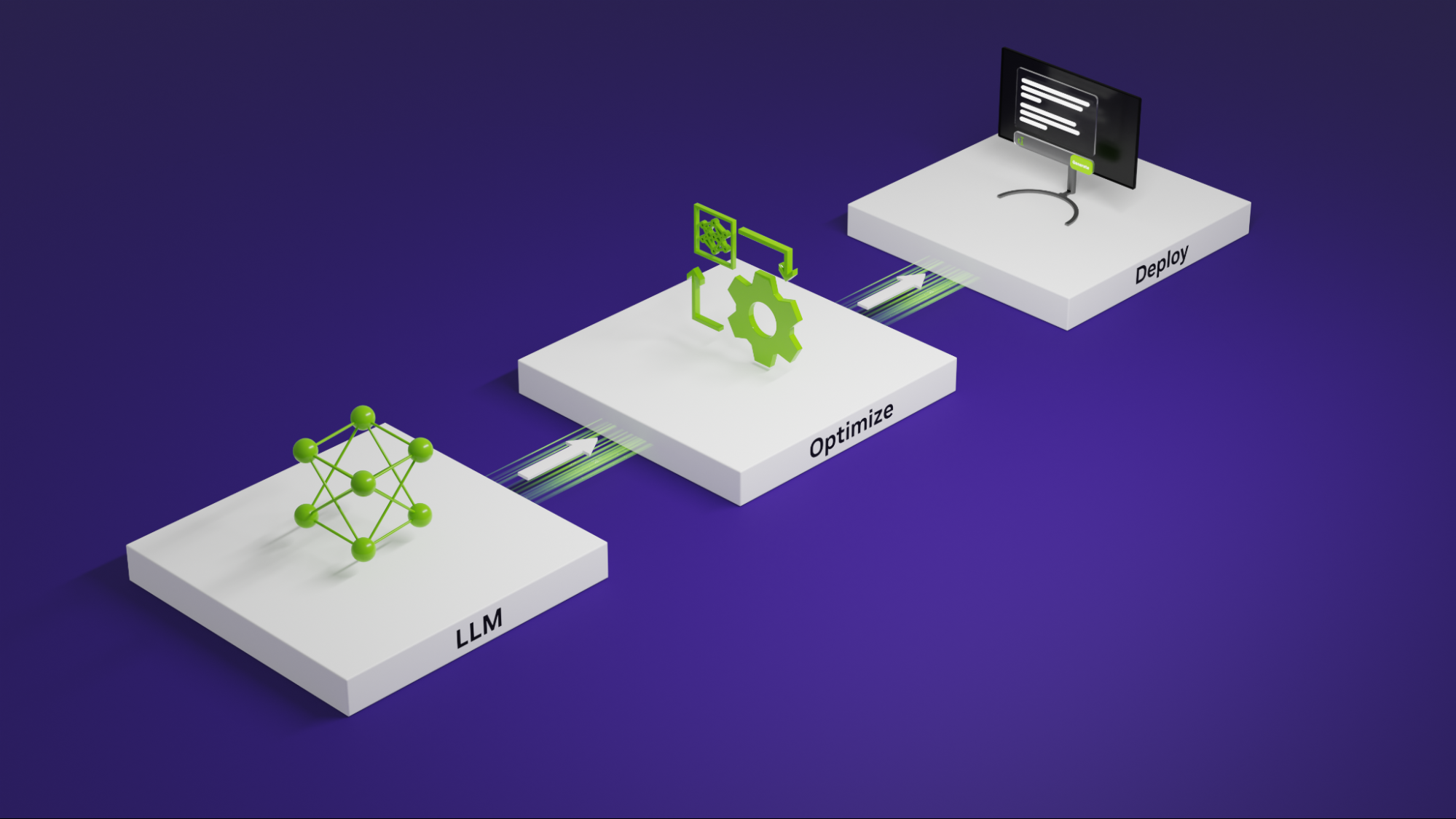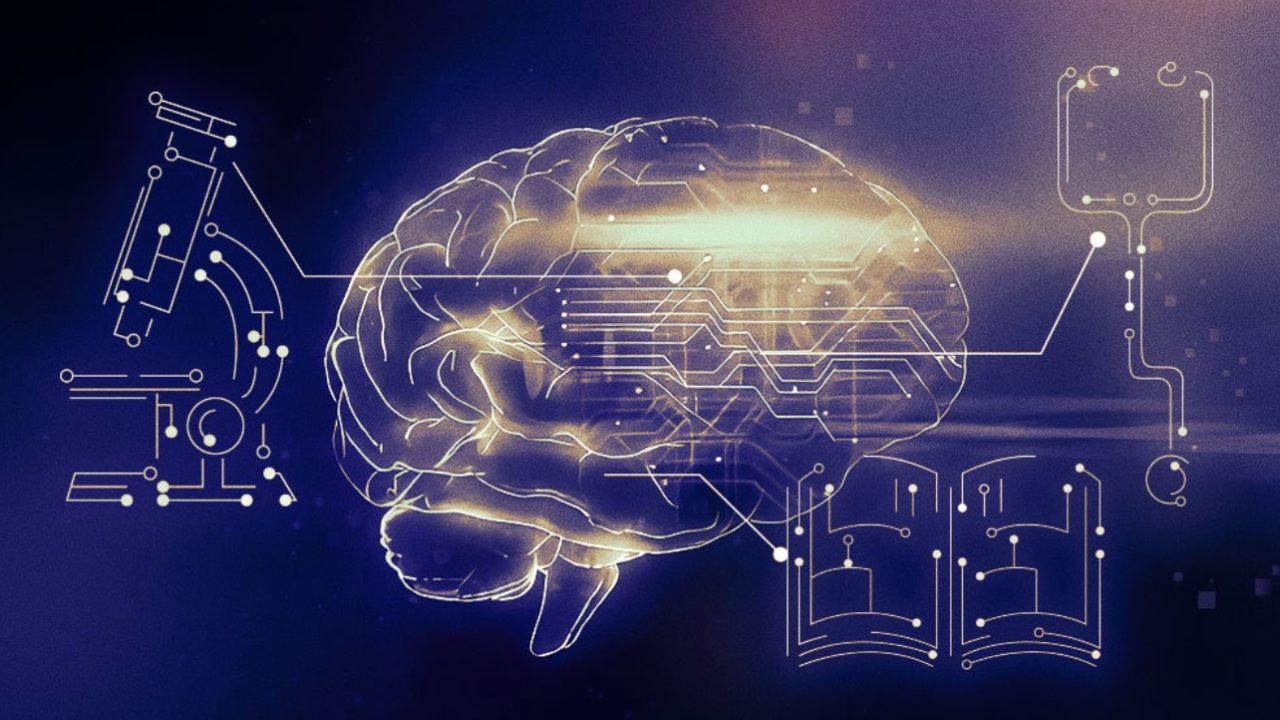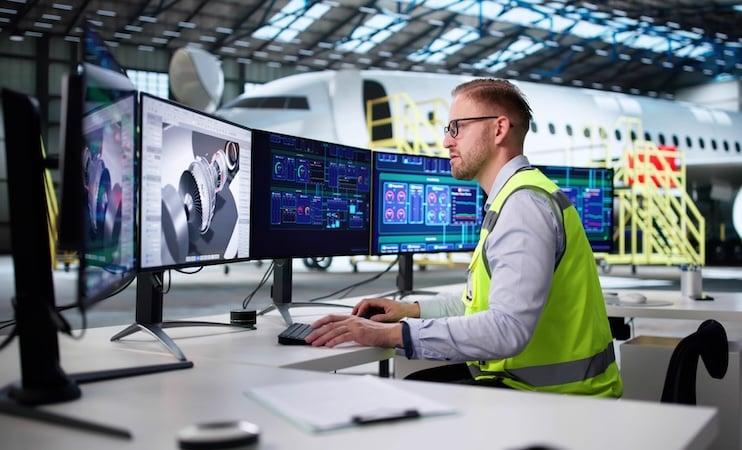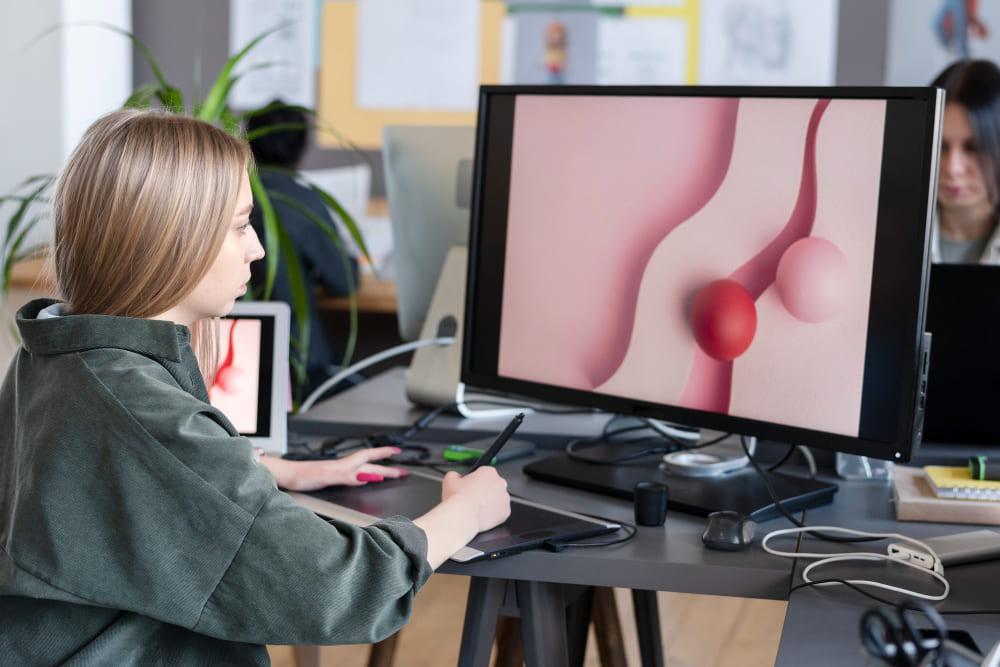
The Art of Efficiency: FrameTuner's Blueprint for Uninterrupted Creative Flow

Project Aurora: A New Era of Creative Efficiency
We are thrilled to announce the successful completion of the initial phase of Project Aurora, a groundbreaking initiative designed to revolutionize our internal 3D rendering and animation pipelines. This critical milestone represents a substantial leap forward in achieving uninterrupted creative flow for our artists and engineers. Through dedicated efforts, FrameTuner has established a robust framework that significantly boosts computational efficiency, directly addressing previous bottlenecks. This phase specifically focused on implementing advanced GPU optimization strategies, including techniques to optimize GPU with MSI Afterburner and provide a definitive 3D render lag fix MSI Afterburner, ensuring smoother operations and faster project turnaround times.
The process involved a comprehensive six-month analytical and implementation cycle. We began with an in-depth audit of existing rendering infrastructure, identifying key areas for improvement in data processing and resource allocation. Our approach included rigorous testing of various hardware and software configurations, meticulously documenting performance metrics. This phase dedicated significant effort to developing custom scripts and integration protocols for FrameTuner's proprietary creative suite. We also conducted internal workshops to gather artist feedback, ensuring practical, user-centric solutions. This iterative methodology allowed for continuous refinement, ensuring a robust and scalable final implementation.
This achievement would not have been possible without the exceptional dedication and expertise of our core project team. Led by Dr. Lena Petrova, Head of R&D, the team comprised specialists from various departments. Key contributors included Mark Jensen, Lead Systems Architect, who spearheaded infrastructure redesign; Sarah Chen, Senior Software Engineer, responsible for custom script development; and David Lee, Graphics Performance Analyst, whose insights were crucial for benchmarking. The entire Rendering Operations Team, including Emily White and James Rodriguez, also provided invaluable contributions, ensuring smooth integration and thorough testing. Their collaborative spirit was instrumental in overcoming complex technical hurdles. 
From a technical perspective, the project presented intricate challenges. Harmonizing diverse hardware configurations with a unified optimization strategy was a primary hurdle, given our render farm's varied GPU generations. We utilized specialized tools for granular control over hardware performance, including an Overclocking guide for 3D rendering to push boundaries and advanced features for MSI Afterburner FPS improvement in real-time previews. A Real-time GPU monitor 3D workflows was critical for continuous performance tracking. Our approach combined custom automation with industry-leading solutions, ensuring flexibility and stability. This allowed precise GPU tuning for animation studios needs, optimizing computational resource deployment.
Looking ahead, the next phase of Project Aurora will focus on integrating AI-driven asset management systems and expanding our cloud-rendering capabilities. We anticipate further refining our internal pipelines, exploring new avenues for automation, and continually pushing the boundaries of creative production. Our goal remains to empower our artists with unparalleled computational resources, fostering an environment of seamless innovation.



Bryce Chen
Fantastic news! The improvements in rendering speed are already noticeable. Great work, team!
Sophia Hicks
Thanks for the feedback! We're thrilled to hear the positive impact is already being felt.
Janet Mason
It's good to see progress on Project Aurora. Will there be any new training sessions for artists on these updated workflows?
Marvin Simmons
Absolutely! We're planning a series of workshops for the next quarter to ensure everyone can fully leverage the new capabilities. Details will be shared soon.